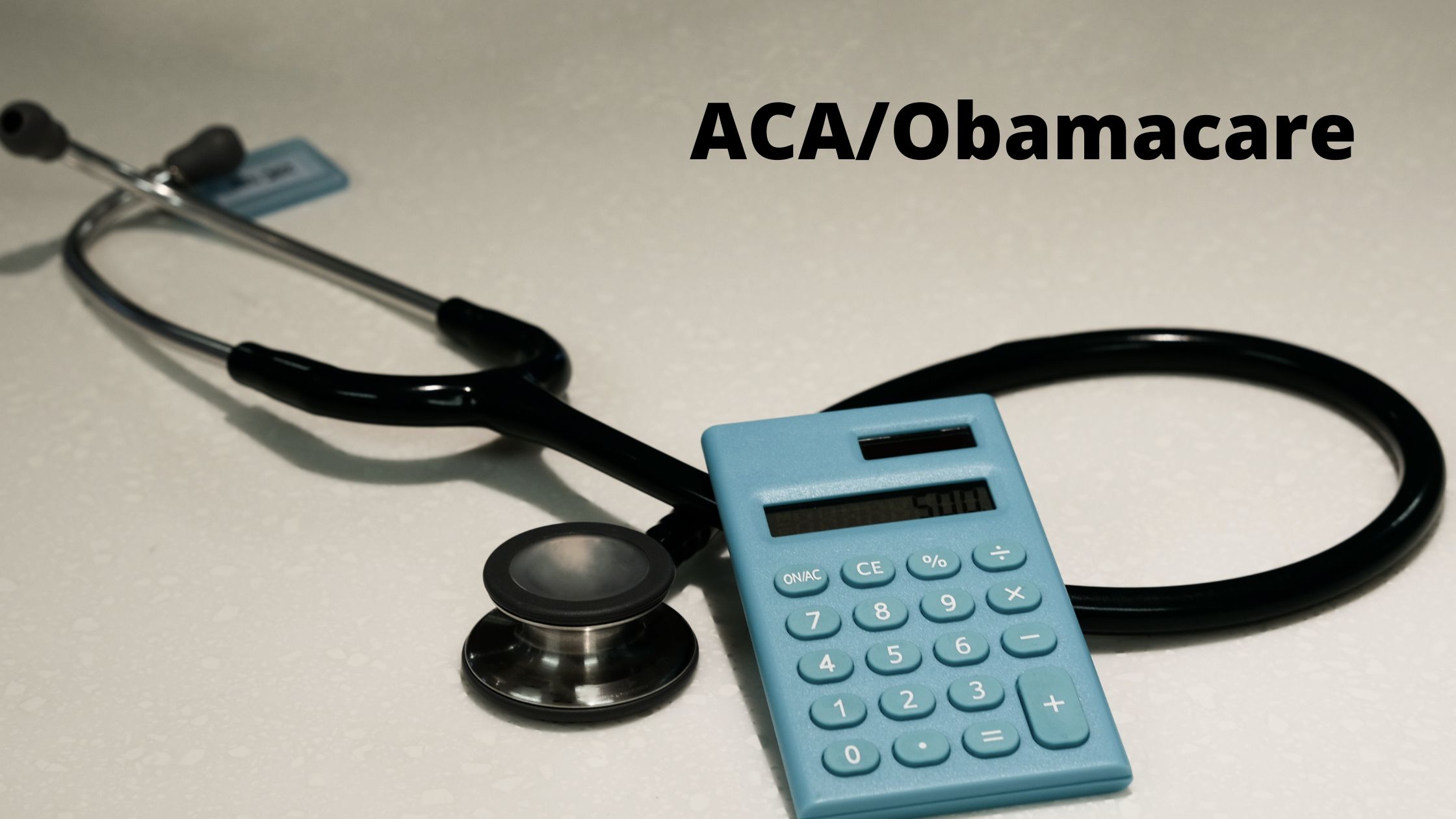When it comes to health insurance, each person has their own unique needs. That’s why Humana offers a variety of coverage options, tailored to fit your specific needs. In this article, we’ll outline the different types of Humana coverage and explain what each offers. So whether you’re looking for comprehensive coverage, affordable options, or just the right level of coverage for your needs, we’ve got you covered!
Medicare
Medicare is a federal and state health insurance program for people over the age of 65, those with disabilities, and those with certain income levels. The program provides coverage for hospital expenses, doctor visits, prescriptions, and other medical costs.
The different types of Medicare coverage are as follows:
– Part A: This covers inpatient hospital services and outpatient doctor visits. It also covers some preventive care services and medicines.
– Part B: This covers out-patient doctor visits and prescription drugs.
– Part D: This covers preventive care services, including screenings for cancer and cardiovascular disease. It also covers premiums for prescription drugs and other medical costs.
If you are covered by Medicare, be sure to keep your insurance card or certificate handy in case you need to contact your insurer or the Medicare office to resolve a dispute.
Medicaid
Medicaid is a government-funded health insurance program for low-income individuals and families. It is available in all 50 states, the District of Columbia, Puerto Rico, and the Virgin Islands. Medicaid provides coverage for a variety of services, including hospitalizations, doctor visits, and prescriptions.
There are three types of Medicaid coverage: traditional Medicaid, expanded Medicaid, and premium assistance programs for lower income adults. Traditional Medicaid is the most common type of coverage and covers low-income individuals and families with incomes up to 133% of the federal poverty level (FPL). Expanded Medicaid is only available to states that have agreed to participate in the program and it covers an additional population of low-income individuals who have incomes above 133% but below 200% FPL. Premium assistance programs provide financial assistance to lower income adults who want to purchase private health insurance through the Marketplace.
There are some important things to know about Medicaid eligibility:
· Individuals must be residents of one of the participating states, have a qualifying income (as defined by the state), and be eligible for benefits under Title XIX of the Social Security Act (which covers medical care for people with low income).
· Children who are not covered by
Children’s Health Insurance Program
The Children’s Health Insurance Program (CHIP) provides health coverage for children who are not covered by their parents’ health insurance. The program is available to families with incomes between 100% and 185% of the federal poverty level.
CHIP coverage is mandatory for children from birth until age 19, and parents can choose to continue CHIP coverage for their children until they reach 26 years old. CHIP also covers pregnant women, up to a certain point in their pregnancy. If you are not a U.S. citizen, your child may be eligible for Medicaid instead of CHIP.
More information about CHIP is available online at www.chip.gov or by calling 1-877-424-9243.
CHIP
The Different Types of Humana Coverage
Humana offers a variety of health care plans, which can affect how much coverage you have. Here are the different types of coverage:
Aetna Health Plans
Cigna Health Plans
UnitedHealthcare Plans
MI Health Plans
WellPoint Health Plans
Coverage under an Aetna or Cigna plan may be limited to specific services or procedures. UnitedHealthcare and MI Health Plans offer more general coverage, but may have exclusions. WellPoint’s plans are the most comprehensive.
ACA/Obamacare
The Affordable Care Act, also known as Obamacare, is a landmark legislation in the history of health care. Passed by Congress in 2010, it was signed into law by President Obama and became effective on January 1, 2014. The ACA is a sweeping reform of the U.S. healthcare system that aimed to improve access to quality, affordable health insurance for all Americans.
The ACA consists of two main components: the individual marketplaces (also known as exchanges), which are state-based marketplaces where people can purchase health insurance, and the Medicaid program, which provides healthcare coverage to low-income individuals and families.
The ACA also includes a number of other important provisions, including: mandatory coverage for children up to age 26 on their parents’ plans; a ban on lifetime caps on health care benefits; increased funding for Medicare; and tax credits to help low- and moderate-income individuals buy health insurance on the individual marketplaces.
Since its passage, the ACA has been subject to a number of legal challenges. In particular, the Trump administration has attempted to overturn or substantially change key aspects of the ACA, including through the use of executive orders and regulatory changes. However,
Conclusion
Humana offers a variety of health plans that are designed to meet the needs of different types of people. If you’re looking for coverage that fits your budget and lifestyle, look no further than Humana — they have options for everyone. With so many plans to choose from, it can be hard to know which one is right for you. That’s where our help comes in! In this article, we’ll take a closer look at each type of Humana plan and highlight some key features that may interest you. Ready to start exploring? Check out our coverage page now!

